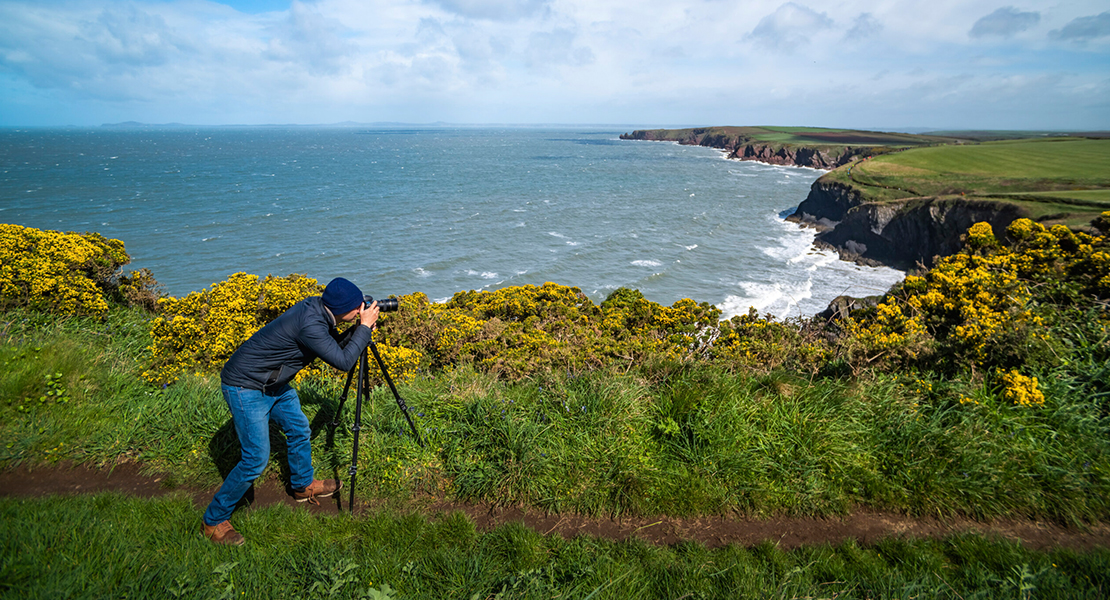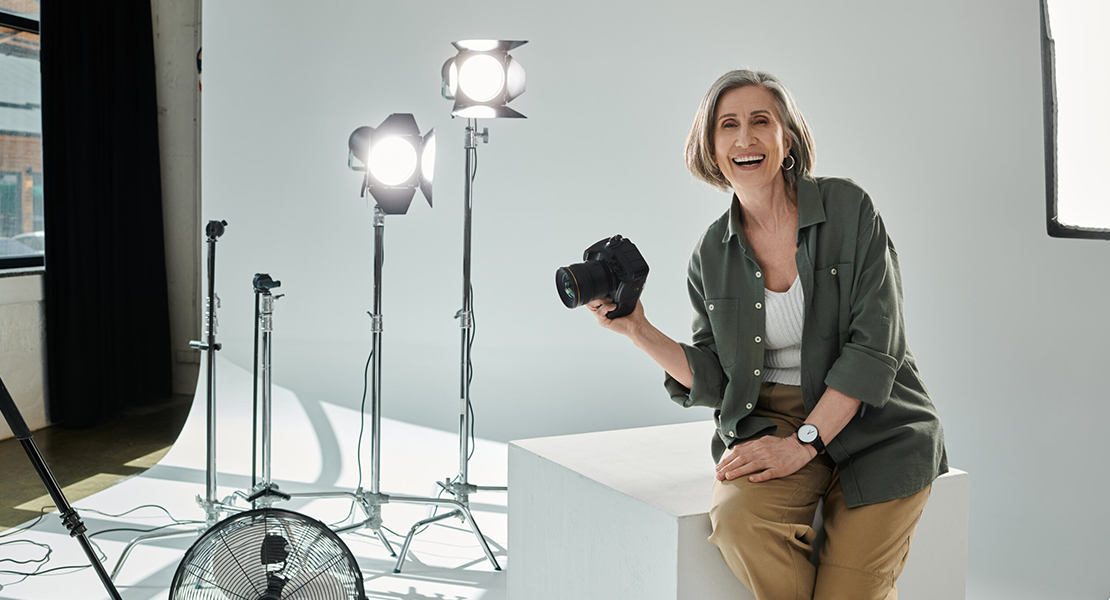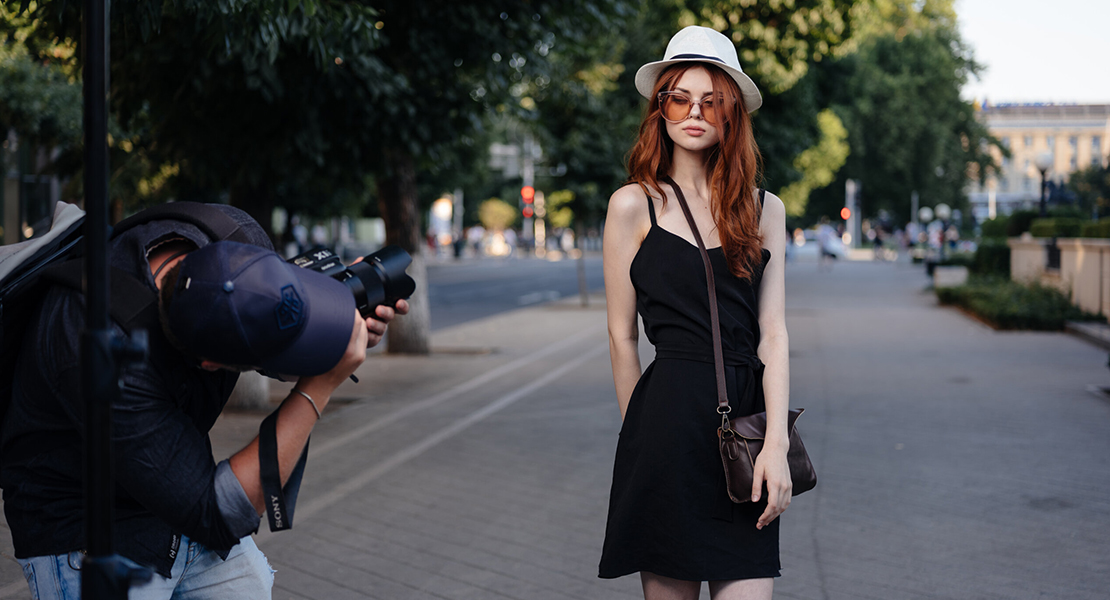
Filming outdoors can deliver a beautiful, authentic feel that studio sets often struggle to replicate. But when you’re planning a shoot in the UK, you’re immediately faced with a unique set of challenges starting with the famously unpredictable weather. It’s not uncommon to plan for clear skies and end up with wind, rain, or even fog within the same hour. For businesses and production teams aiming to shoot in outdoor or public locations, understanding the landscape both literal and legal is essential for a smooth and successful shoot.
The UK offers an incredible variety of outdoor settings: historic streets, bustling city centres, dramatic coastlines, and serene countryside. These settings create visually rich footage, often infused with a strong cultural context that resonates well with local and international audiences alike. However, while these locations can bring tremendous production value, they also bring specific considerations from logistical planning and noise control to local authority permissions and public safety regulations.
In this guide, we’ll walk you through everything you need to know before stepping outside with your camera. From how to read the weather and prepare your gear, to understanding when and how to apply for filming permits, each section is crafted to help you plan confidently. Whether you’re producing a commercial, documentary, music video or short film, these insights will ensure your outdoor shoot in the UK is both efficient and stress-free.
1. Check the Weather Forecast, but Plan for Surprises
Weather in the UK can shift dramatically in a matter of minutes, which makes it critical to check detailed forecasts from trusted sources. Use apps that provide hourly updates and radar maps, and always cross-reference forecasts from more than one provider. This gives you a better sense of what to expect and allows for contingency planning.
That said, even the most accurate forecast can be wrong. Always pack rain covers, umbrellas, and protective gear for your camera and crew, regardless of what the forecast says. Over-preparing may seem tedious, but it’s often what saves your footage and your schedule.
Make sure to have alternative indoor or covered locations nearby if conditions turn unworkable. Flexibility is your friend when filming outdoors in the UK, where even summer days can bring sudden showers.
2. Understand Regional Permit Requirements
Filming in public spaces typically requires permission from the relevant local authority. This might be the city council, the local borough, or specific departments like the parks service. Each area has its own guidelines, application process, and timeframe, so start the process early.
Permits often cover usage of equipment, road closures, parking, and public liability insurance. Be prepared to submit detailed production plans and evidence of insurance. Failure to secure a permit can result in fines or being asked to stop filming on the day.
Contact local film offices for advice they’re usually supportive and can provide insights about regulations, peak hours, and best practices for shooting in their jurisdiction.
3. Prepare Public Notices and Engage the Community
If your filming might inconvenience the public like blocking pavements or using loud equipment it’s courteous and often required to inform the community. This can be done via signage, flyers, or door-to-door notices, especially in residential areas.
Clear communication helps avoid complaints and builds goodwill with locals. It also gives people time to move vehicles or adjust plans. The more transparent and respectful you are, the smoother your shoot will go.
Local councils sometimes mandate public notice periods as part of the permitting process. Make sure you factor this into your schedule to avoid delays.
4. Scout Locations Thoroughly in Advance
Location scouting is a must, not just for visual appeal but also for practical concerns like parking, noise levels, public access, and potential hazards. Visit at different times of day to assess lighting and foot traffic.
Take reference photos, measure access points for equipment, and speak to local stakeholders if necessary. This preparation allows you to spot issues early and plan workarounds. It also gives your crew a clearer sense of what to expect.
A good location scout can save you hours during the actual shoot. It sets the foundation for safety, efficiency, and creative success.
5. Secure the Right Insurance Coverage
Public liability insurance is usually mandatory for outdoor shoots in the UK. It covers damage to property and injuries to the public that might occur during filming. Most councils won’t issue a permit without proof of this insurance.
You may also need equipment insurance and cover for cast and crew depending on the scale of your production. Speak to a film insurance specialist to ensure you’re adequately protected.
Having the right cover gives peace of mind and helps resolve any unexpected incidents without derailing the project.
6. Think About Sound Early On
Outdoor environments come with their own sound challenges traffic, wind, construction, and unpredictable ambient noise. Plan to use high-quality directional mics, windshields, and lavaliers to capture clear audio.
It’s often wise to record room tone or ambient sound separately. This helps your editor maintain consistent sound during cuts. In especially noisy areas, you might consider recording voiceovers separately in a studio.
Never assume that post-production can fix everything. Clean sound capture on location is always the better option.
7. Light for the Conditions, Not the Concept

Natural light can be your best friend or your worst enemy. Always be aware of the sun’s path, potential cloud cover, and how light reflects off surrounding surfaces. Even time of day affects shadows and contrast.
Bring bounce boards, flags, and portable LED lights to control exposure and highlights. A mix of natural and artificial lighting often yields the best results. Overhead sun can create harsh shadows, so plan accordingly.
The goal is to work with the conditions, not against them. Great outdoor lighting comes from flexibility and adaptation.
8. Use Lightweight and Weather-Resistant Gear
When filming outside, portability and protection go hand in hand. Lightweight gear makes it easier to move between shots quickly, especially if you’re racing changing light or weather. Choose tripods, rigs, and accessories that are compact but sturdy.
Weather-resistant gear helps avoid costly damage. Look for cameras and lenses that are sealed or use rain covers and lens hoods to prevent moisture and dust from interfering with your footage. Having silica gel packs in your bags can also help keep moisture levels down.
Don’t forget to pack spares extra batteries, cards, and cloths. Outdoor conditions are tough on gear, so being prepared can mean the difference between a smooth shoot and a costly disruption.
9. Build in Buffer Time for Setups and Reshoots
Outdoor shoots often take longer than planned due to weather changes, lighting shifts, or unexpected interruptions. It’s essential to add buffer time into your production schedule. This helps reduce pressure and gives your team time to work carefully.
Don’t underestimate the time it takes to load gear, reset scenes, or relocate due to conditions. By allowing wiggle room in your schedule, you create a more realistic timeline. This, in turn, helps you deliver quality without cutting corners.
Buffer time also allows for creative flexibility. You might find a new angle, a better light, or an unexpected moment worth capturing something you’d miss if you were rushing.
10. Assign a Dedicated Location Manager
Having someone solely responsible for managing the location can make all the difference. This person can liaise with local authorities, monitor equipment security, and coordinate access to restricted areas. Their presence ensures smoother communication and quick responses to any challenges.
They can also handle crowd control, traffic diversions, or issues with residents. This allows the director and production team to focus fully on the shoot. A good location manager anticipates problems before they disrupt the schedule.
Make sure this role is clearly defined and filled by someone experienced. It’s one of the smartest investments you can make for a complex outdoor shoot.
11. Monitor Foot Traffic and Crowd Behaviour
Public spaces often mean unpredictable human activity. From unexpected crowds to spontaneous public events, these interruptions can affect both your timeline and your footage. Observing typical foot traffic patterns before the shoot helps you choose the most practical time slots.
Filming early in the morning or during non-peak hours can minimise disruption. Informing the public beforehand with signs or stewards also helps manage crowd behaviour. Respectful engagement goes a long way in ensuring cooperation.
In high-traffic areas, consider using barriers or cones to guide pedestrian flow. This provides your crew some breathing room and keeps your shoot on track without feeling invasive to the public.
12. Prepare for Power Supply and Charging Needs
Outdoor shoots often lack access to reliable electricity, so bringing portable power solutions is vital. Power banks, charged batteries, and inverter generators should be standard in your kit. Make sure all batteries are fully charged the night before.
Calculate how many hours of filming you expect, and bring more power than you think you’ll need. Weather can also impact battery life especially in the cold. Planning for excess is safer than running out mid-scene.
Having labelled backup chargers and a charging station setup on-site keeps everything in rotation efficiently. It’s a simple step, but crucial to avoid unnecessary downtime.
13. Dress and Equip Crew for Outdoor Conditions

Crew comfort directly impacts productivity. Filming outdoors in the UK means preparing for variable temperatures, muddy terrain, and long hours on your feet. Provide waterproof jackets, durable footwear, and layered clothing.
Make sure your team has essentials like sunscreen, water bottles, gloves, and hats. If the shoot runs into the evening, torches or headlamps can be useful. Being physically prepared helps maintain energy levels and morale.
Comfort also helps keep attention focused. A crew that’s too cold, too wet, or too hot is more likely to make mistakes or rush through takes.
14. Factor in Environmental Noise Regulations
Noise pollution is taken seriously in many UK regions, especially in residential or heritage areas. Local authorities may restrict shooting hours or prohibit certain equipment. Make sure you’re aware of these rules before confirming your shoot.
Consider using sound blankets or low-noise generators if your equipment risks breaching acceptable levels. You might also need to coordinate with local services if your shoot overlaps with busy hours.
Understanding these limitations helps avoid penalties and builds a more positive relationship with the community and council.
15. Have a Wet Weather Plan That Still Looks Good
Rain is part of UK life, and your shoot plan should reflect that. Don’t just delay when it rains adapt. Find covered locations, use waterproof props, or shoot under awnings. These alternatives can still look visually compelling.
Sometimes, rain can add mood or narrative depth. Soft drizzle can be cinematic when used thoughtfully. The trick is to visualise how your story adapts, rather than stops, with weather changes.
Have alternative shot lists ready for wet conditions so the crew can pivot fast. Flexibility with purpose helps maintain momentum and morale on unpredictable days.
16. Coordinate with Local Councils and Police if Necessary
Some shoots especially those involving road closures, special effects, or large crews may require police awareness or active participation. It’s best to inform local authorities early and check if any permissions or escorts are needed. Ignoring this step can lead to unexpected interruptions or even shutdowns.
Police presence can also lend a sense of legitimacy and order in busy public spaces. For higher-risk productions, such as those with prop weapons or staged conflict, coordination is critical. Ensuring transparency with authorities helps safeguard both your team and the public.
Keep documentation on hand, including scripts, risk assessments, and public liability certificates. These materials make it easier to explain your project and gain trust quickly if you’re questioned on site.
17. Label All Equipment and Keep Inventory Logs
Outdoor shoots often involve multiple crew members handling gear across different areas. Labelling each piece of equipment and keeping a shared inventory log helps avoid confusion or loss. It’s especially important when packing down quickly or changing locations.
Include identifiers like asset tags, QR codes, or even coloured tape for quick spotting. Use a checklist that’s ticked off during setup and pack-down. This keeps accountability high and prevents costly gear from being misplaced.
For larger productions, consider assigning someone as equipment coordinator. Their sole role can be to oversee gear tracking, maintenance, and location-specific needs during the shoot.
18. Respect Private Property and Obtain Permissions
Filming in scenic countryside or along picturesque village roads might tempt crews to shoot without proper checks. But in the UK, even seemingly public land may fall under private ownership. Always verify land access rights and obtain written permission when needed.
Local residents may not object to filming but may take issue with disruption. A short courtesy note or direct conversation with homeowners can foster goodwill. Respect goes a long way in maintaining access and avoiding complaints.
Don’t assume verbal agreements will be enough especially for commercial use. Always formalise permission in writing to avoid potential legal issues after release.
19. Keep the Location Clean and Leave No Trace

After filming wraps, leaving the site in better condition than you found it should be the goal. Dispose of waste responsibly and remove all equipment and markings. This not only shows professionalism but also preserves future filming opportunities.
Some councils and landowners request a condition check or cleanup confirmation. Being proactive with these tasks ensures you get positive references for future shoots. Word travels quickly in local communities.
Leave-behinds like coffee cups, tape, or paper can ruin the impression you’ve worked hard to build. Make “leave no trace” part of your team culture and daily routine.
Final Thoughts: Making the Most of Outdoor Filming in the UK
Filming outdoors in the UK offers a rich palette of backdrops, cultural resonance, and visual texture perfect for authentic storytelling. Yet, it also comes with complexities like unpredictable weather, public regulations, and strict location logistics. Navigating these successfully isn’t just about preparation it’s about mindset, adaptability, and professionalism.
By following the practices outlined above, you give your production the best chance to run smoothly and look outstanding on camera. From building local goodwill to equipping your team for fast wrap-ups, every detail plays a part in shaping the final product. Outdoor shoots might demand more effort upfront, but the results are often worth every ounce of planning.
If you’re looking to plan your next outdoor shoot or want expert support from professionals familiar with the UK landscape, we’re here to help elevate your video production. A successful outdoor shoot begins long before the cameras roll it starts with informed planning, reliable collaboration, and a deep understanding of the unique challenges and opportunities the UK filming environment presents.

